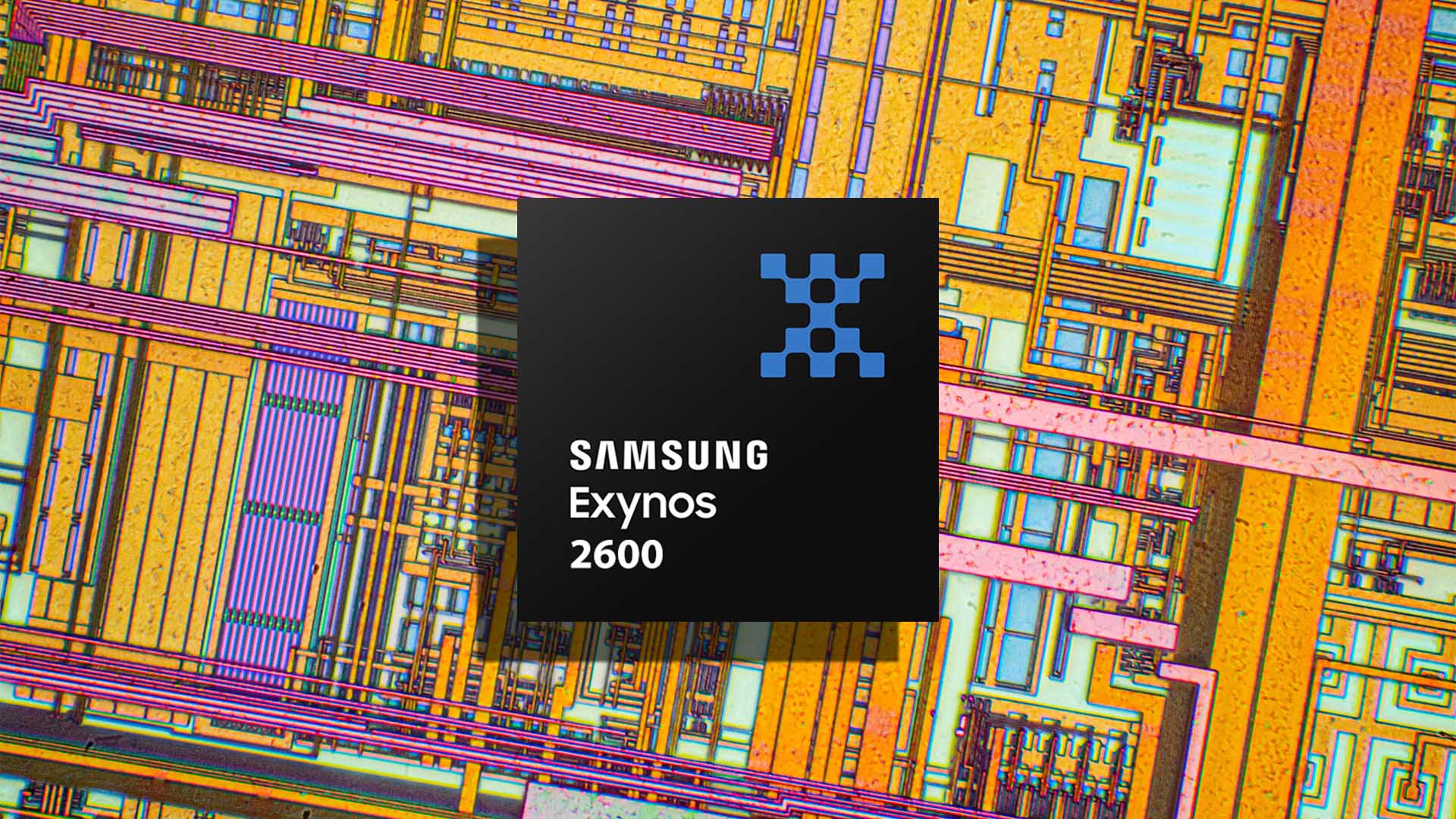Exynos 2600 Could Become Samsung’s First 2nm GAA Chipset And Found In The Galaxy S26 Series – Here Is Everything You Need To Know

The 3nm GAA process was a stage that Samsung wished it could erase from its semiconductor chronicles, but as long as the company understood what it needed to do from thereon, it made complete sense. From what we have reported about frequently, the Korean firm has made a phenomenal comeback on its 2nm GAA node, with the Exynos 2600 announced by Samsung to be the first SoC mass produced on this technology. Here is everything you need to know.
A closer look at Samsung’s 2nm GAA process – A worthy alternative to TSMC’s 2nm?
To compete with TSMC, Samsung would not just need to improve its yields, but also the technological competitiveness with its foundry rival. A few months ago, we reported that the Korean giant’s 2nm GAA yields were at 30 percent, which is not an ideal number, but it was miles better than the incessant headaches Samsung endured with its 3nm GAA technology.
Now, considering that the Exynos 2600 is scheduled to enter mass production by the end of September, the yields are likely in a range where Samsung feels that it can commence full-scale manufacturing without incurring heavy losses. Moving to competitiveness, the first-generation 2nm GAA process, also known as SF2, can deliver up to 12 percent increased performance compared to 3nm GAA, up to 25 percent better power efficiency, and a 5 percent reduced area.
The GAA, or Gate-All-Around architecture allows for better chipset design flexibility and scalability, suggesting that Samsung has the liberty to save costs and other resources if it wishes to bring the Exynos 2600 design to notebooks, which is an approach done by Apple by leveraging its A-series architecture for the M-series one. The 2nm GAA node also incorporates BSPDN, or backside power delivery for improved power and consumption.
Even if Samsung successfully shows that its 2nm GAA node is market-ready, its image has been tarnished due to past events, during which TSMC capitalized on opportunities that Samsung failed to take advantage of. The Exynos 2600 will be the company’s first field test to showcase its manufacturing process’ competitiveness and if the launch is successful, we can see some customers returning to Samsung and begin placing orders.
Speaking of customers, Tesla has signed a $16.5 billion deal with Samsung to mass produce chips on the aforementioned lithography, so there is some progress when discussing the company’s resurgence.
Specifications – CPU, GPU, NPU, and other details
Samsung had admitted that the Exynos 2600’s Neural Processing Unit would deliver a massive performance boost over its previous-generation SoC, but that was about the only information the company was willing to divulge. Even then, without the firm’s confirmation, there was no way to tell if it was referring to the Exynos 2500’s NPU. Thankfully, there were other benchmark leaks that revealed the CPU’s details, with the Exynos 2600 said to sport a 10-core configuration.
The chipset would likely feature a ‘1 + 3 + 6’ cluster, but at the time, the single-core and multi-core results did not reflect the Exynos 2600’s capabilities, suggesting that the SoC was still in its testing phases, with the clock speeds of all the cores operating at a lower frequency. Fortunately, some updated single-core and multi-core results come through, and they were downright impressive, particularly the multi-threaded category, as the Exynos 2600 matches a downclocked Snapdragon 8 Elite Gen 5.
In the newer results, the single performance core runs at 3.80GHz, with the three high-power cores functioning at 3.26GHz. Lastly, we have the six efficiency cores listed at 2.76GHz. The increased core count is what gives the Exynos 2600 an edge in multi-core performance, but bumping up this number can adversely affect efficiency and raise power consumption. Fortunately, Samsung is reported to have a solution to that, which you will read about shortly.
Overheating concerns of the Exynos 2600 to be addressed by Samsung’s ‘Heat Pass Block’ technology
One way for Samsung to reduce unnecessary heat output from its chipsets is to resort to a more advanced manufacturing process, which is already being implemented for the Exynos 2600. The second one is to employ a different packaging, with the Korean technology giant incorporating ‘Fan-out Wafer Level Packaging’ or FOWLP on the Exynos 2400, making it the company’s first SoC to ship with this specific technology.
While we would not be surprised that FOWLP will be retained for the Exynos 2600, Samsung is also bringing ‘Heat Pass Block,’ or HPB technology to its first 2nm GAA silicon. In a nutshell, the HPB will act as a heatsink similar to what we have seen in notebook cooling solutions. On previous designs, the DRAM chips were placed next to Exynos chipsets and their added heat led to an abrupt rise in temperatures.
The HPB should help mitigate this problem, with FOWLP said to be employed on top of it to increase heat resistance and, by extension, enable the Exynos 2600 to boost its sustained performance levels. Samsung could also shift to an aluminum build for the Galaxy S26 series, just like Apple did with the iPhone 17 Pro and iPhone 17 Pro Max, leading to improved heat transfer, with an added vapor chamber in those devices being a bonus.
Which Galaxy S26 version will ship with the Exynos 2600?
Typically, Samsung has sold its Galaxy S Ultra flagship exclusively with a Snapdragon chipset in every market for the last three years, and with the Exynos 2600 scheduled to enter full-scale production by the end of September, we assumed that the company would outfit this silicon in the less expensive Galaxy S26 Pro and Galaxy S26 Edge. However, there might be a significant twist in the launch strategy next year, as an analyst has estimated that the Galaxy S26 Ultra will also be powered by the Exynos 2600.
Again, Samsung will likely adopt a dual-sourcing approach, where, depending on the country you live in, you will either have the Snapdragon 8 Elite Gen 5 version of the entire Galaxy S26 series or the Exynos 2600 variants. Previously, customers who were forced to purchase the Exynos version probably felt betrayed because they were paying the same price for a technologically inferior device. As we approach 2026 to start, it is imperative that Samsung optimizes its flagship SoC to maintain pace with the Snapdragon 8 Elite Gen 5.
Potential launch
Historically, Samsung has always announced its new Exynos chipset before the next Galaxy S flagship smartphone series. Assuming the company wants to maintain the same timeline, we could witness an Exynos 2600 launch in a few months, with October being the potential month. Hopefully, this was the long-awaited break that Samsung was hoping for.



